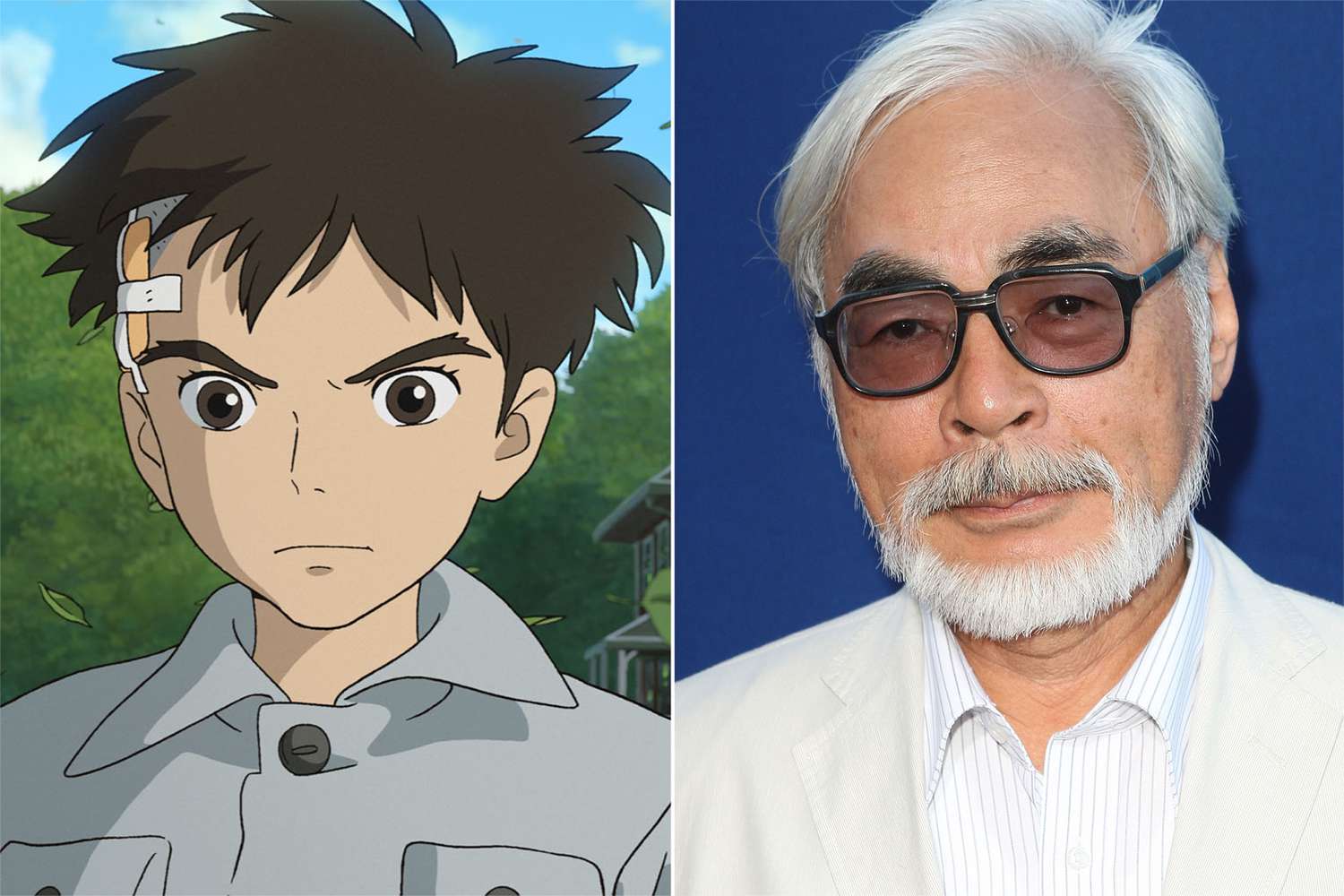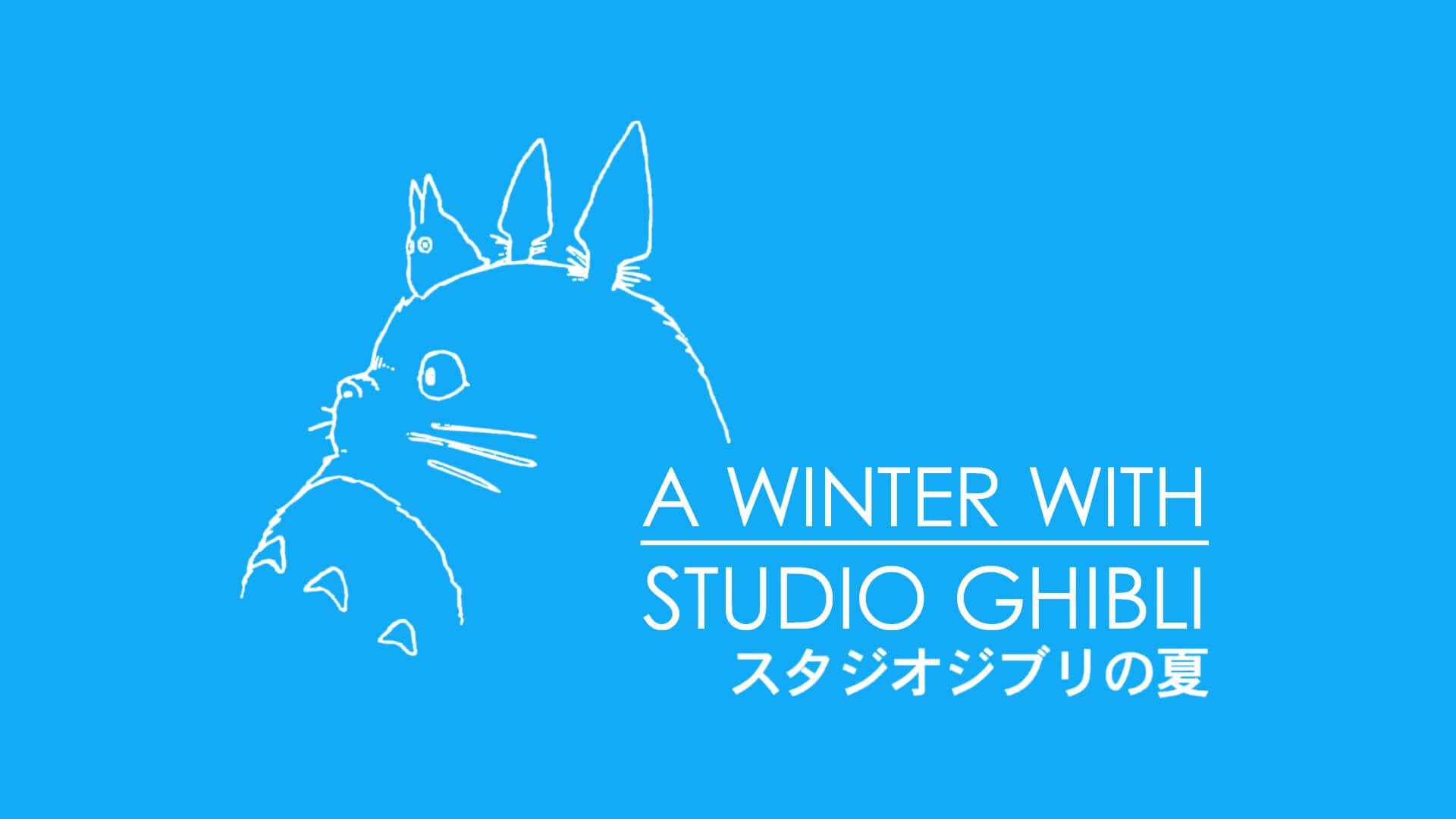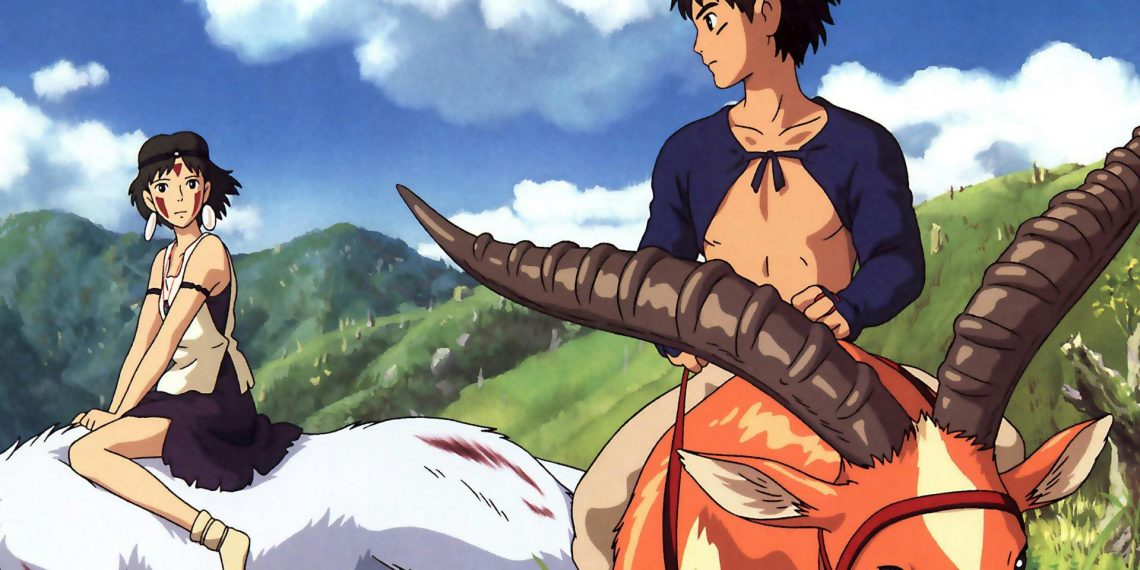In an unexpected turn of events, Princess Mononoke’s recent IMAX re-release has managed to break its own domestic box office record, earning more than $4 million. This comes amid a growing controversy surrounding the rise of AI-generated images that mimic Studio Ghibli’s iconic style. As AI tools flood the internet with Ghibli-esque visuals, the debate over the morality and legality of AI art has intensified. Artists and fans of the studio have spoken out against AI’s potential to replicate artistic styles, arguing that it undermines the hard work and creativity of original creators.
The IMAX release of Princess Mononoke appears to have struck a powerful chord with audiences, reaffirming their love for authentic, hand-drawn animation. Despite the surge of AI-generated images, Princess Mononoke’s impressive box office performance suggests that the public still values the artistry behind traditional animation. This success is a testament to the enduring appeal of Hayao Miyazaki’s craftsmanship, even in the face of rapidly advancing technology.
The Growing AI Art Debate

The introduction of OpenAI’s new image generation tool, which allows users to create images in the distinct style of Studio Ghibli, has sparked fierce debates on social media. Critics argue that AI-generated art, while accessible to more people, takes advantage of the creative legacies of artists like Miyazaki. The tool enables users to produce Ghibli-like images without the years of training required to master the style. As these AI-generated images proliferate, many are concerned about the loss of artistic integrity and intellectual property.
Gkids, the North American distributor for Studio Ghibli films, is using a statement about a “Princess Mononoke” re-release to perhaps make an oblique commentary on the recent release of an AI tool that replicates the style of the studio.
In a statement, Chance Huskey, VP of… pic.twitter.com/SuCurtR6w0
— Variety (@Variety) March 28, 2025
Despite these concerns, AI defenders argue that the technology allows individuals who may not have the technical skill to create art on their own to express themselves. However, the surge in AI-created Ghibli-style images has many artists fearing the devaluation of their craft. With Princess Mononoke breaking records in theaters, the film’s success demonstrates that, even in the era of AI, audiences continue to appreciate the painstaking effort behind hand-drawn animation.
Miyazaki’s Views on AI

Hayao Miyazaki has long been vocal about his opposition to AI in art. In 2016, during a demonstration of AI-assisted animation, he made it clear that he viewed such technology as an insult to human creativity. “I strongly feel this is an insult to life itself,” he said, echoing his concern that AI could erode the value of authentic, human-created works. This philosophy aligns with his dedication to preserving the artistry and integrity of animation, which is reflected in the ongoing appeal of his hand-drawn films.
As the AI debate rages on, it remains uncertain whether Miyazaki or Studio Ghibli will take legal action against OpenAI for its use of the Ghibli style. However, the success of Princess Mononoke’s IMAX re-release serves as a reminder that audiences continue to embrace and celebrate the original artistry, providing hope that traditional animation can coexist with AI technology without being overshadowed by it.
In a world where technology increasingly plays a central role in creativity, the triumph of Princess Mononoke’s re-release is a clear message: the public still values authenticity in art, and hand-drawn animation remains a cherished form of storytelling.





